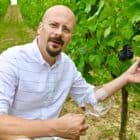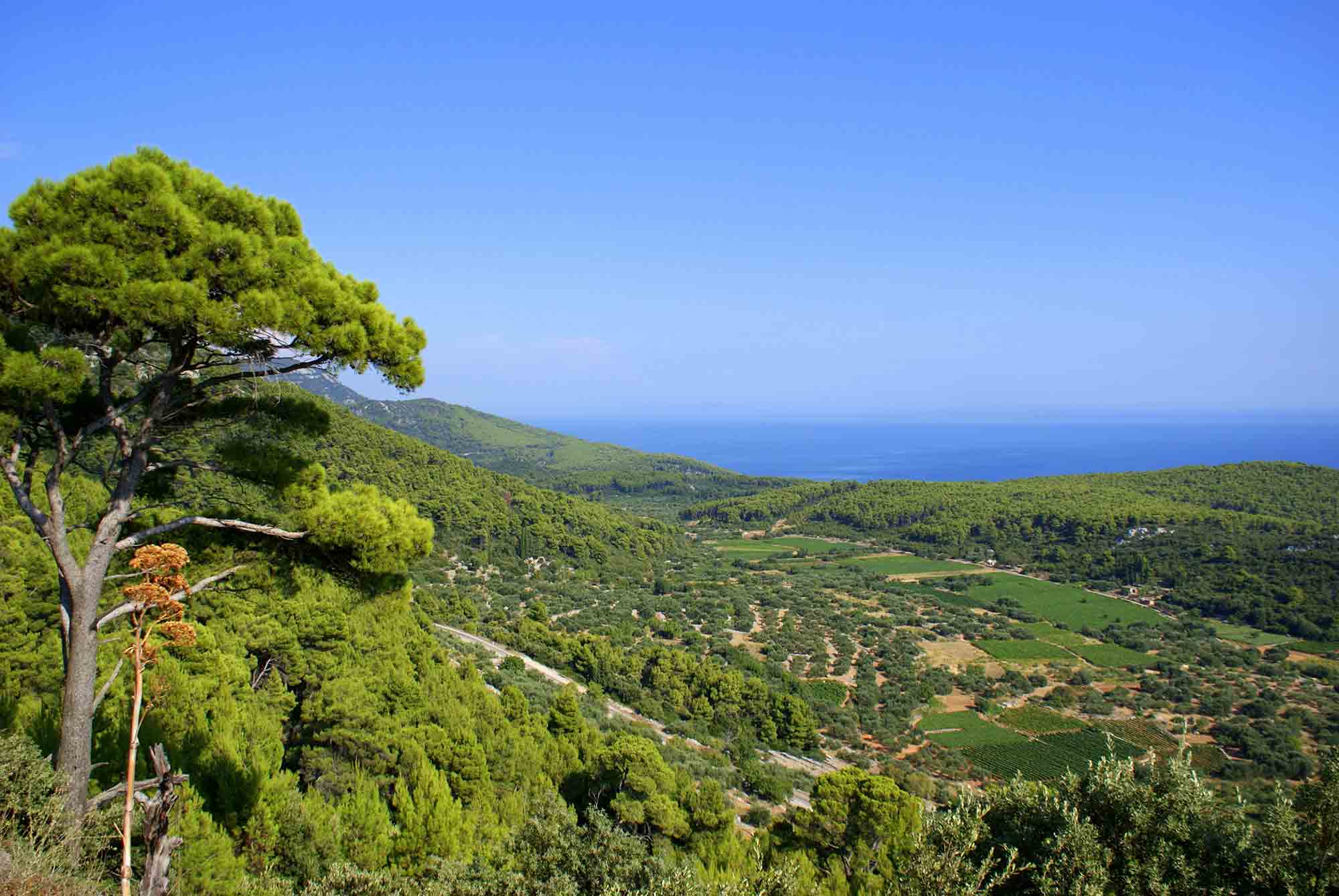Few things you didn’t know about Austrian Frankovka (Blaufränkisch)
We travelled from the south by following the winds of the Mediterranean climate. The same winds which confront the cold air gushing from the north in a place most unlike what we expected. Idyllic South Burgenland in Austria left us wondering, have we ever tried Frankovka so good?
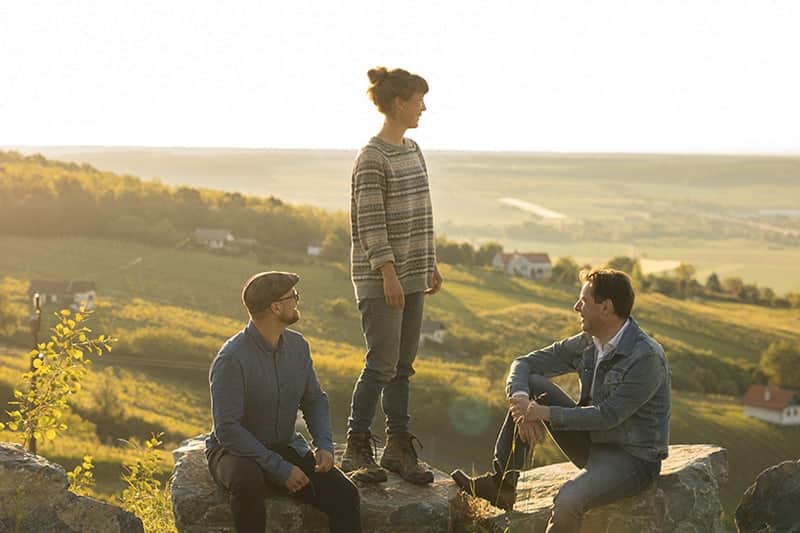
Of course, it is called Blaufränkisch here. And it is spicy and mineral. Red soils rich in iron thrive in Eisenberg, perhaps the most famous DAC (Districtus Austriae Controllatus) for Blaufränkisch.
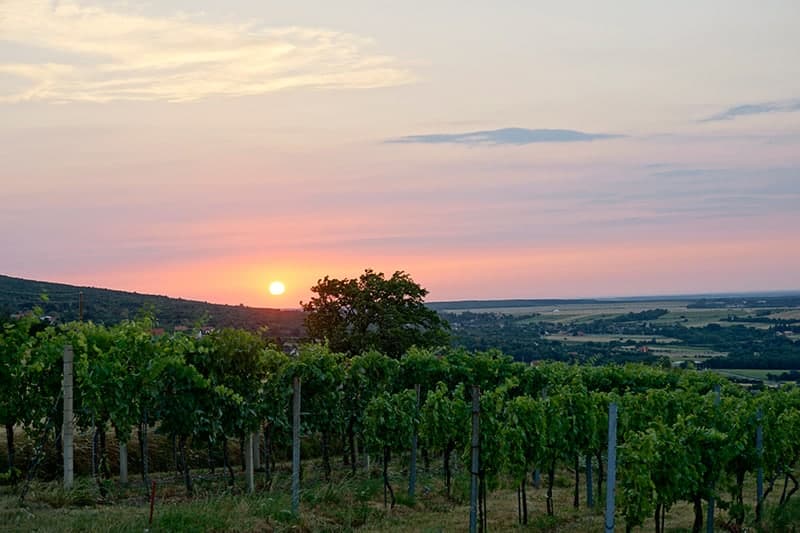
The mineral-driven character of Eisenberg wines is matched only by their elegance. A cooler average annual temperature despite the warm Pannonian influence and very high iron content in soils are responsible for that and of course… the winemakers.
We visited two wineries during our trip, Schützenhof, and Groszer Wein. The 7th generation winemakers of Schützenhof welcomed us with their “Eisenberger” from a very old vineyard.
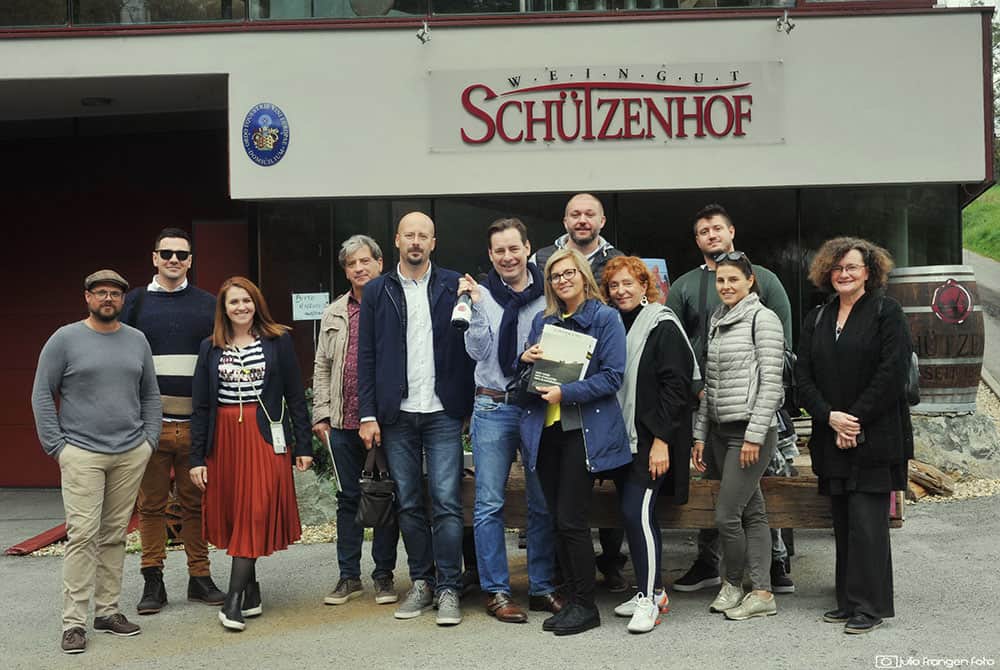
This very serious wine was created for aging in a bottle to deepen fruit and spicy sensations. But only upon tasting their 2014 Blaufränkisch, we realized that cold and rainy vintages have some advantages in Eisenberg.
Almost weightless herbal and forest floor sensations, that go directly through your bloodstream like a liquid mineral.
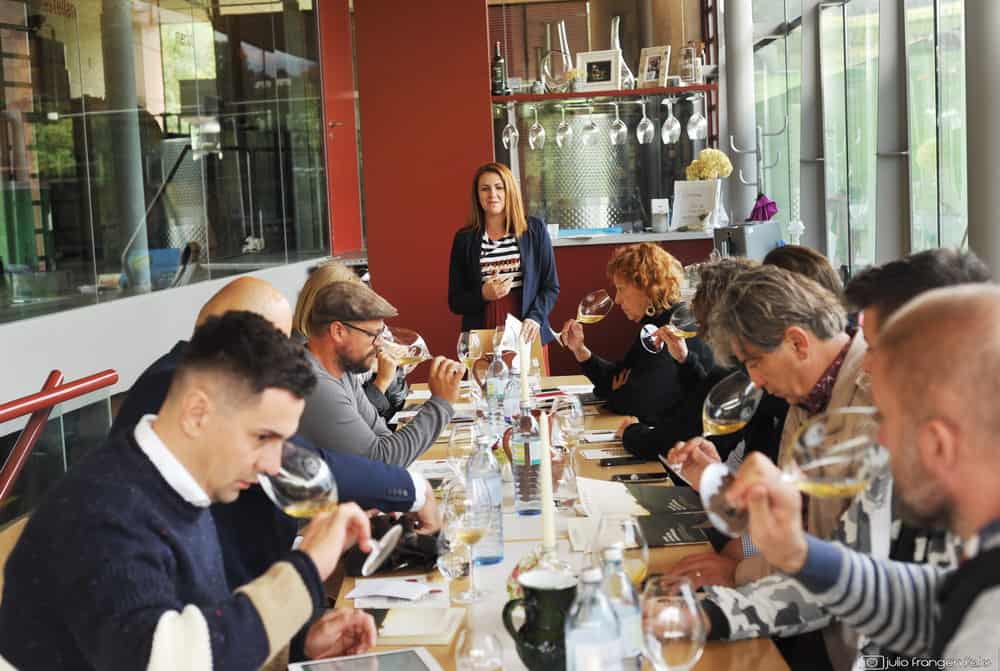
Groszer Wein caught us by surprise with their single vineyard labels. After a gentle introduction to Eisenberg with light minerality in their Zweigelt, Blaufränkisch, Syrah, Merlot, and Cabernet Sauvignon blend, we got the taste of blood in their DAC Blaufränkisch.
But nothing could prepare us for their Szapary and Saybritz Blaufränkisch. Both terroir-driven Blaufränkisch from their respectful positions were equally respected in winemaking. Subtle Szapary is an example of what Blaufränkisch can achieve.
Deep into Blaufränkisch, all we could talk about were the variations of vintages and style.
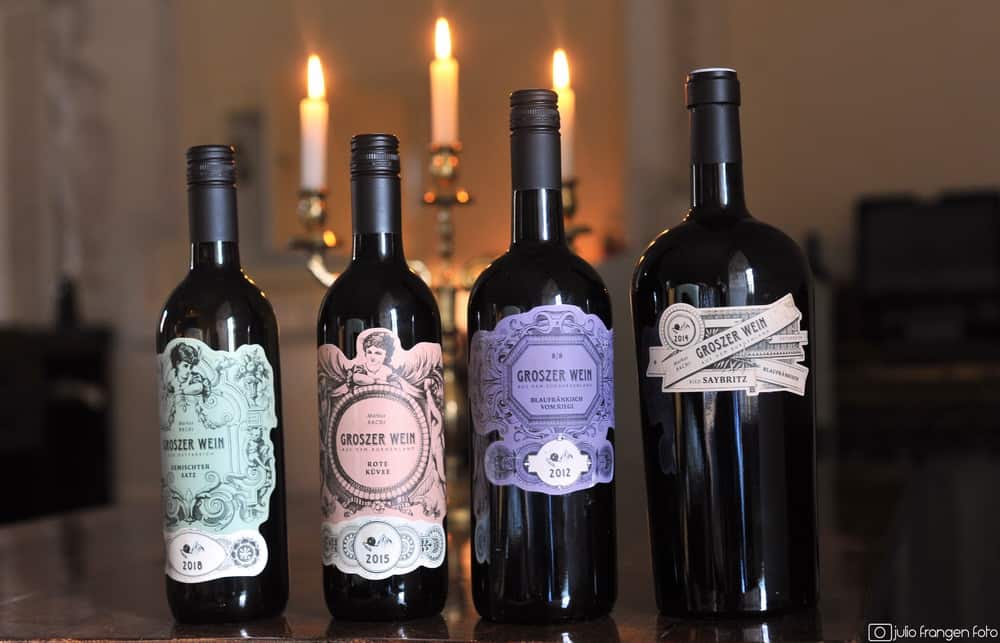
Organic farming, hands-off winemaking, and extended aging are nourished by these vineries but with a sense of place and origin in order to express the unique terroir. Tradition, it seems, is where we could find our future.
Tradition truly is in full-effect in Eisenberg. What is becoming more and more popular under the “PetNat” style today was also produced in southern parts of Burgenland ages ago.
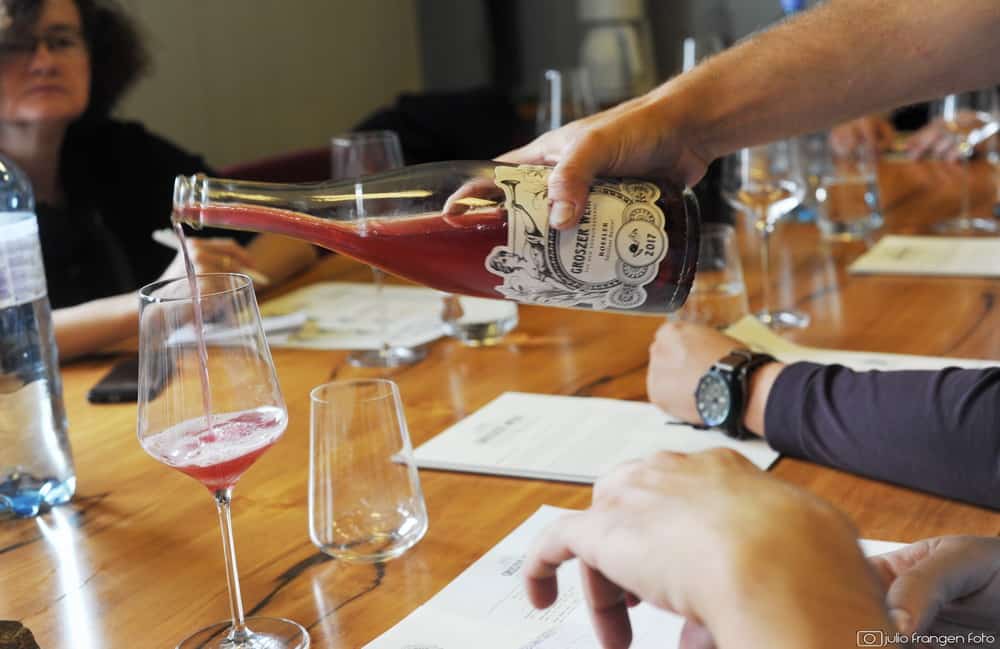
There are wines made from the fruit of ungrafted hybrid vines.
But these wines make you so happy you don`t care it is called “Uhudler”. Once a pungent fruitiness envelops you in bright red frizzante texture, you will desire another glass of this liquid happiness.
When that happens, it is good to know that no chemical pest control in the vineyards is needed for these hybrid vines.
It’s an example of how something so traditional and not particularly respectable can become sought after.
Some “Uhudlers” we have tasted were served in a very prestigious restaurant, Wachter&Wiesler, where we parted with our hosts Matthias Krön and Markus Bach.
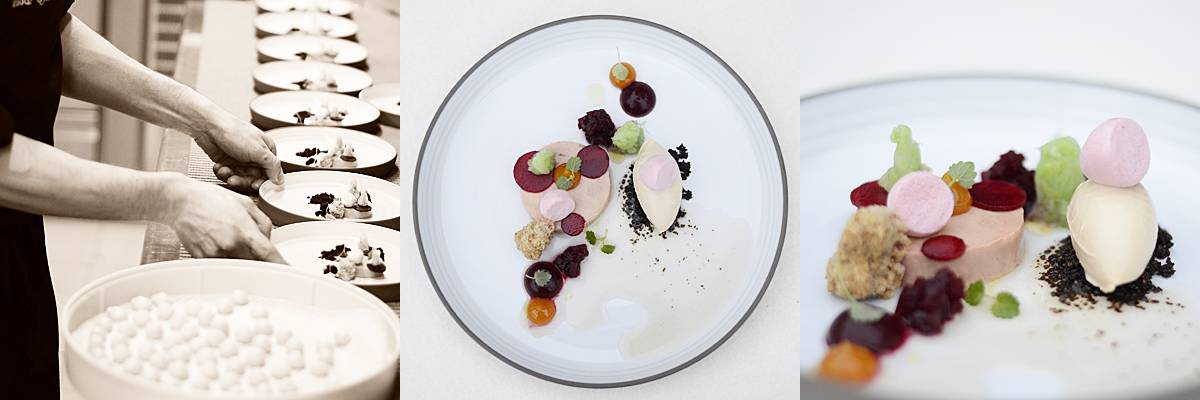
However, not before we tasted Wachter&Wiesler wines as they are also a winery, well known for their natural approach and unique expression. White wines of Wachter&Wiesler especially are a great example of spontaneous fermentation and non-intervention style so we felt lucky to try the white blend as well as something familiar, yet different – Olaszrizling, or Graševina, as we call it here.
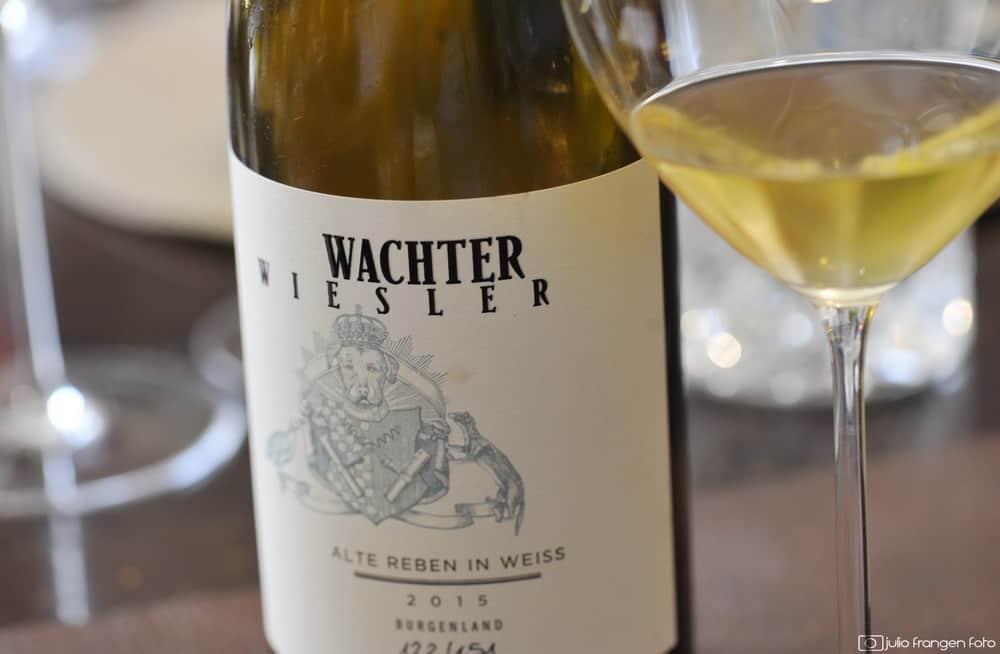
Two days and three vineries after, we are so grateful and looking forward to reciprocate the hospitality. See you in Croatia guys!

















